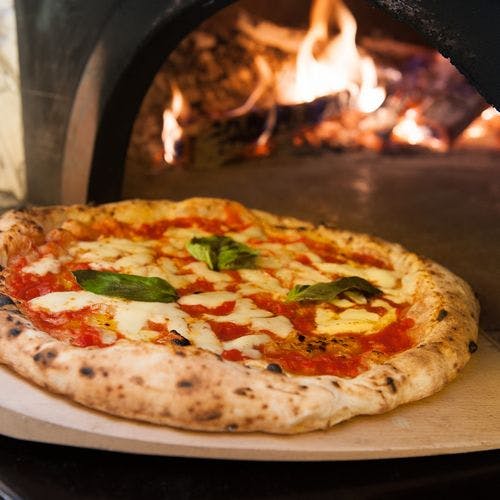Editorials
The Italian city of Naples and the Amalfi coast region has a long (and delicious) history and is known for its culinary delights, including gelato, limoncello, and classic pasta dishes, like authentic Gnocchi alla Sorrentina. However, if you could only eat one classic Neapolitan meal to get a taste of Naples, it would have to be a traditional Neapolitan pizza.
Pizza has become a ubiquitous meal that has so many variations in terms of crust, toppings, and sauces (we’re looking at you, pineapple and pesto), but modern American interpretations are a far cry from the traditional pizza of Naples.
The Neapolitan pizza (pizza Napoletana) as we know it—mozzarella, tomatoes, and basil on yeasted flatbread—was invented in the late 19th century, 1889 to be exact. The traditional preparation and product crafted by pizzaioli (regional pizza makers) is recognized as a UNESCO Cultural Heritage food. But how did this gastronomical treasure come about?

A brief history of nearly everything pizza
People have been eating toppings on flatbread since ancient times, and food historians believe the Neapolitan pizza evolved from a meal eaten in ancient Rome. Romans would often eat a focaccia-like flatbread with toppings, and Pizza Napoletana grew out of that tradition in the 18th and 19th centuries.
The actual word pizza dates back to texts from 997 AD in central and southern Italy, and for centuries this simple meal of bread, meat, cheese, vegetables, and other toppings was consumed by the lower class. Tomatoes were eventually brought to Italy from the New World, bringing the world closer to the Neapolitan pizza we know and love.
Pizzas could be sweet or savory, and even the famed author Alexander Dumas wrote about the diversity of pizza toppings. So how did we get to “the” pizza?
